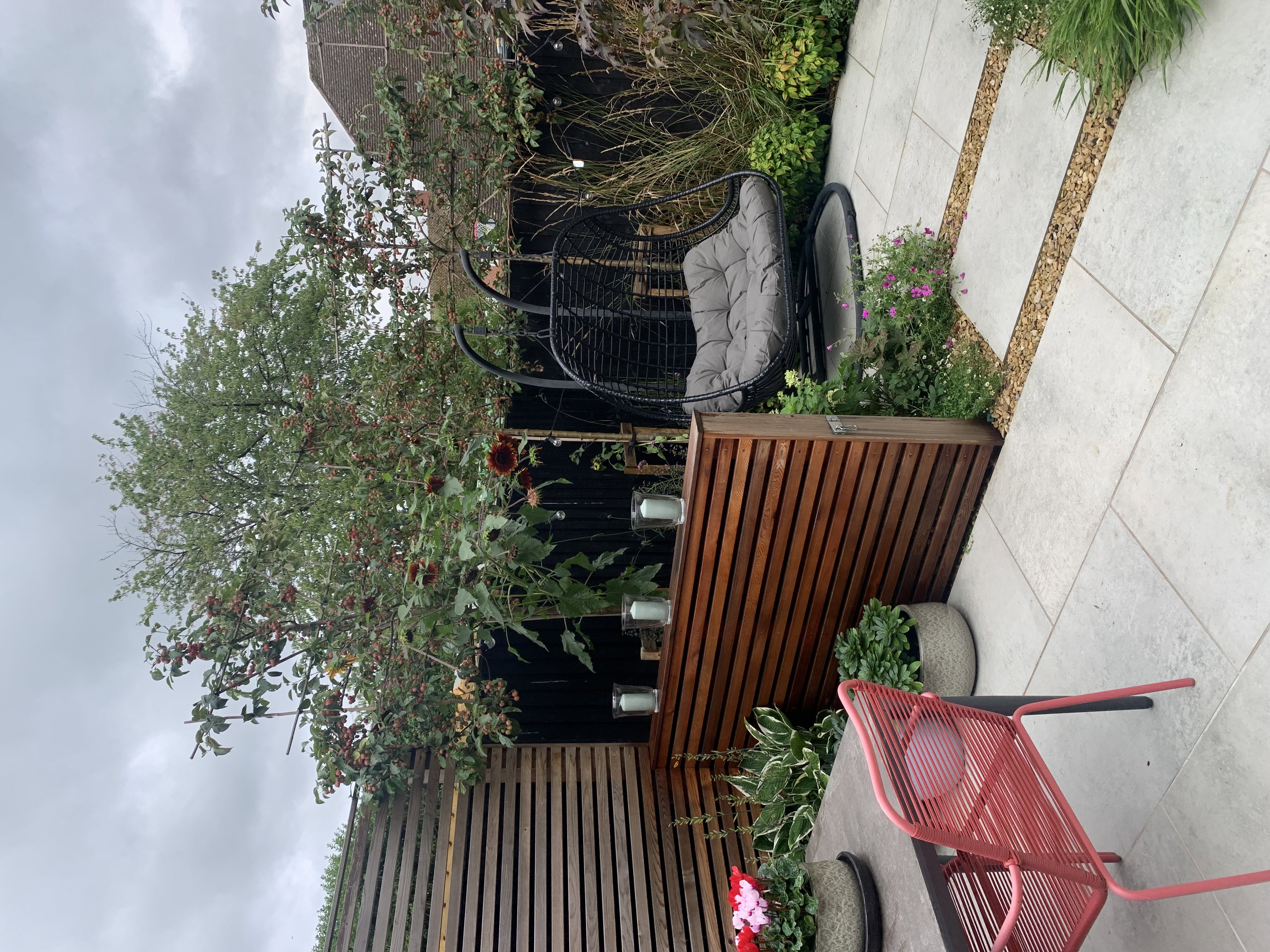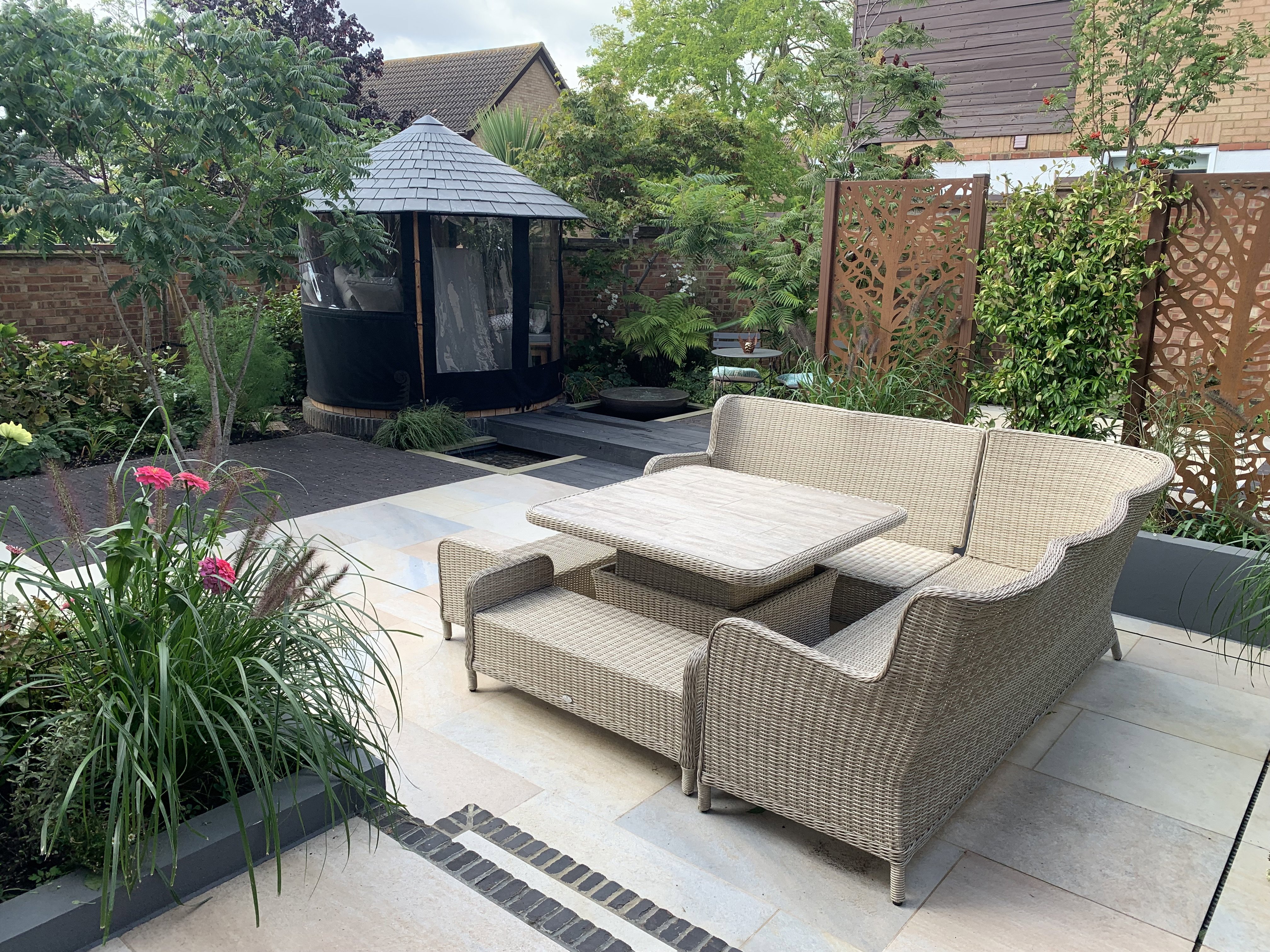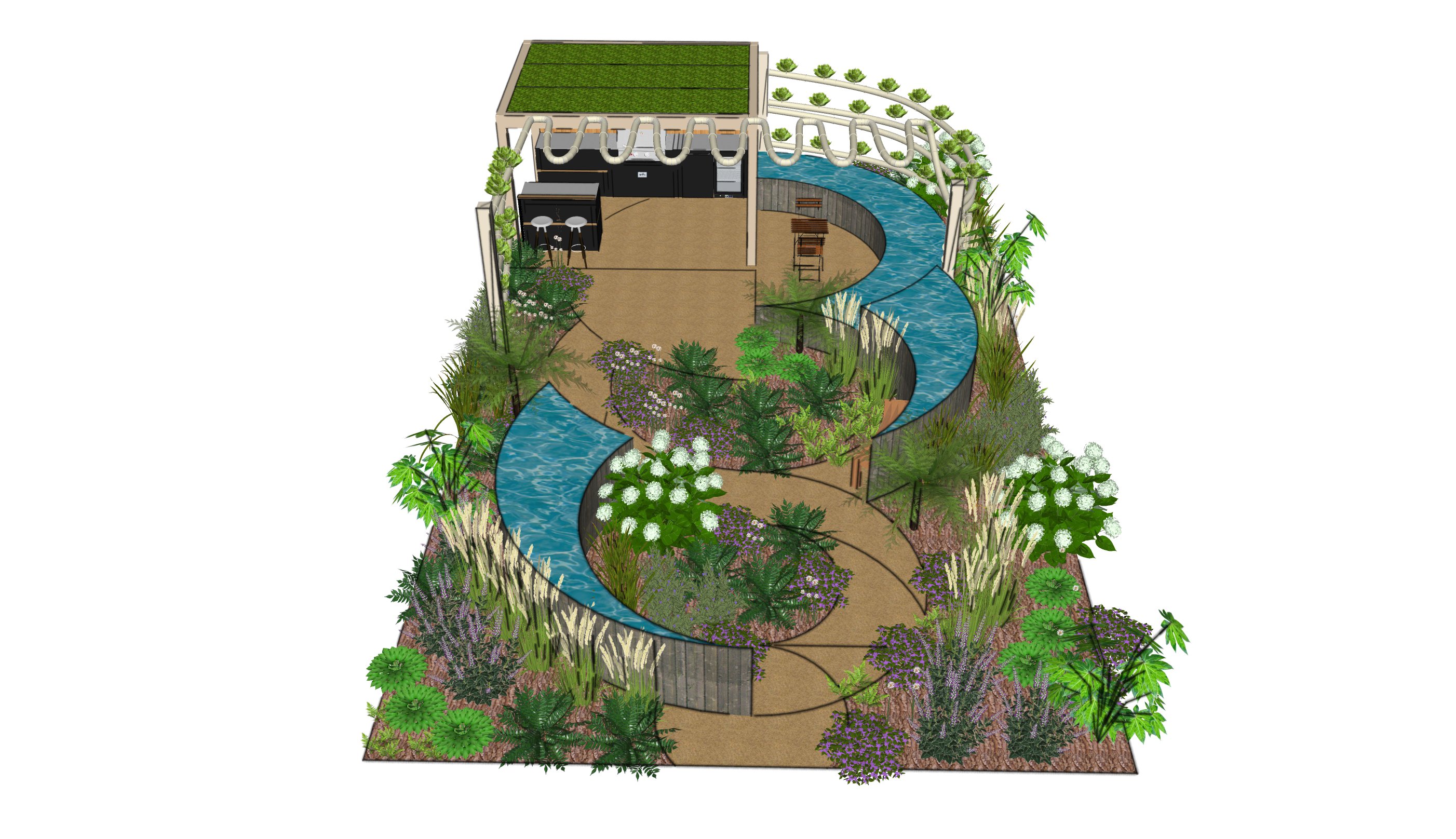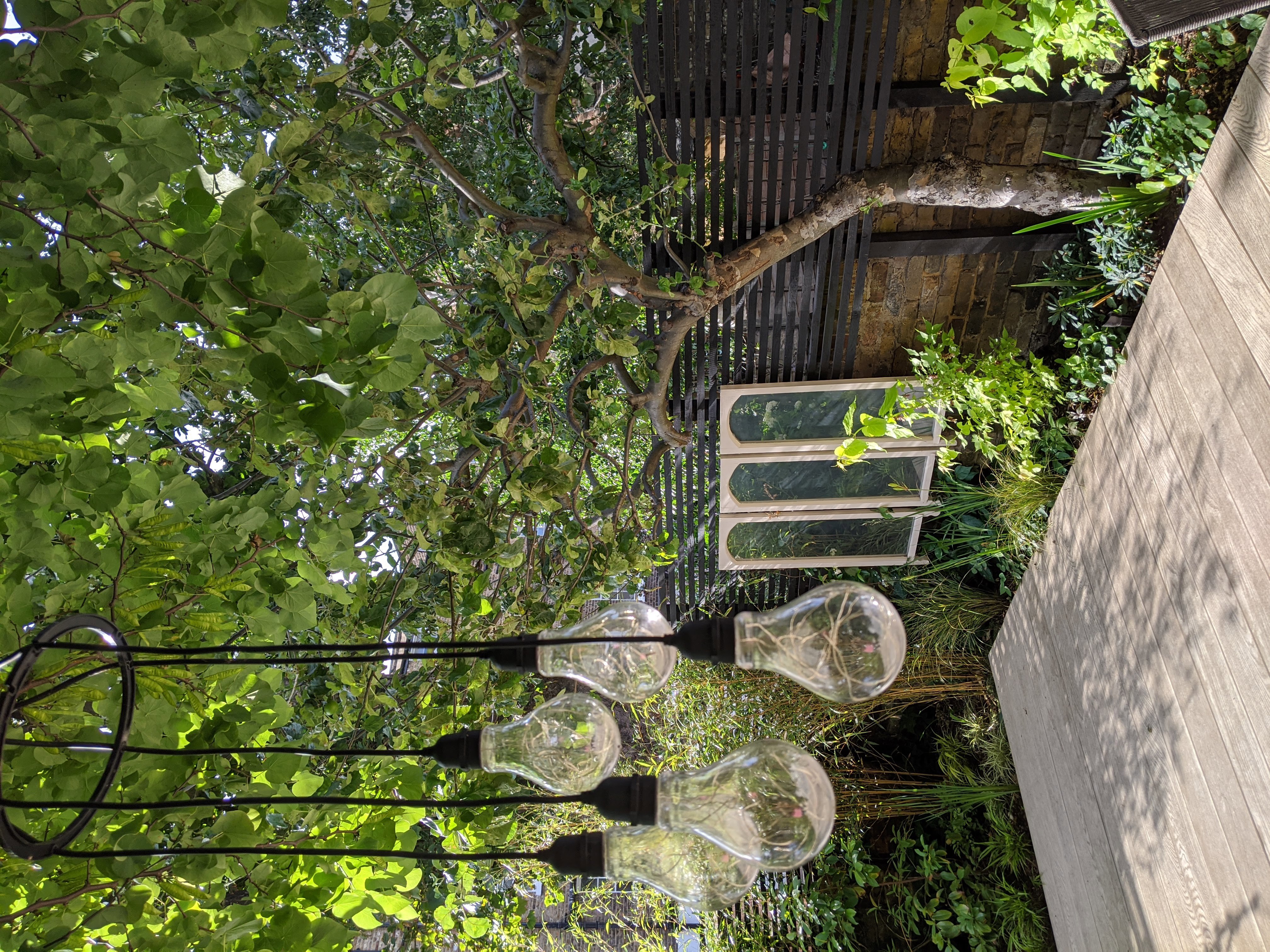
The Garden Design Process
For some, having a garden designed and built is a once in a lifetime experience. So to make sure yours is a good one, take a look at the guide below for some top tips.

The Garden Design Process. What’s Involved?
Every garden makeover starts with a great garden design. But how does the garden design process work?
Take a look at our guide to the steps in garden design.
Steps In Garden Design
- Find the right garden designer for your project.
- Measure and survey the space.
- Create a garden design brief.
- Agree a pricing structure.
- Appoint the designer as ‘principal designer’ responsible for compliance with CDM (2015) regulations
- Concept plan is created for your approval.
- Master plan is developed from the concept plan so that a landscaper has a document to quote and work from.
- Construction drawings, lighting plans and planting plans created if required.
Finding The Right Garden Designer To Work With
These days, it’s not difficult to find a garden designer. An internet search will bring up a whole list of garden designers working in your area. But how do you decide who to work with? That’s possibly the trickiest part of the garden design process.
Every garden designer will have their own unique style. Some will be more experienced and qualified than others. Your job, as one of the first steps in garden design, is to find a garden designer who is properly qualified for the task, fully insured, and can do a great job of understanding what type of garden will best suit you.
You can narrow down your search by visiting the APL website and choosing two or three of our designer members to consider. APL accredited garden designers, or MAPL, are either fully qualified, or have been practising for at least two years and has references from happy customers. To become a MAPL, designers need to demonstrate competence and show that they are fully insured, compliant with the CDM (2015) regulations and financially solvent. In other words, your garden will be safe in their hands.

With your search comfortably narrowed down, take a look at each designer’s portfolio of work. They will have case studies on their websites. And will probably have a social media presence too. Do you like their work? Could you picture yourself living with any of the gardens they have designed? Do you get the impression that you would get along with them as people? Personality matters in garden design - if you are not relaxed in someone’s company, you might inadvertently miss important details out of the client brief.
Contact your favourite candidates to find out about their prices and availability. Once you have gathered all the information you need, you can appoint a garden designer and get the garden design process well and truly started.

Measuring and Surveying Your Garden
Without exact measurements, a garden designer cannot create a plan in enough detail for a landscaper to quote for the work or indeed build a garden. Think of your garden design in terms of the kind of drawings an architect would create for a builder to work to. It must be entirely accurate.
Your garden designer needs to understand the dimensions of the space. Not just length and width, but slopes and angles too. In addition, the plan will need to consider where the doors and gates into the garden are positioned and where there are downpipes, manhole covers and utilities. The designer also needs to know where the garden might be viewed from. For example, the kitchen window, the patio doors and neighbours’ windows (so that privacy can be built into the design).
Some garden designers will carry out their own survey. Others may hire a professional surveyor to create a map of the garden. In either scenario, it’s not unusual for the homeowner to be asked to contribute to the cost of the survey.

Creating A Garden Design Brief
To make sure that your new garden is uniquely yours, a good garden designer will arrange a consultation to chat about your ideas for your outdoor spaces. Consultations are normally on-site, in your garden, but during the COVID pandemic many garden designers became adapt at using Zoom and FaceTime to learn about their clients wish list.
A consultation normally takes a couple of hours and you will be charged an agreed price for it.
Even if you think you don’t know what features you want in your garden, by the end of the consultation, your garden designer will have a good idea of what you might like. Designers are very good at finding out how you hope to use your space, how much maintenance you can manage, what styles you like, and, just as importantly, what characteristics you don’t like.
If, at the end of the consultation you feel inspired by your garden designer’s suggestions, you can commission them to create a design for you.

Pricing Structures
Every garden designer is different, but you would be wise to at least get some indication of what your design will cost to create. Very often, you will be asked to put down an initial payment and then pay the balance when the design is finished and agreed.
That may seem a little odd as we’re used to paying for services on completion. But, depending on the complexity of the garden, it can take upwards of 20 hours to visualise a garden design and create a scale drawing. No professional can afford to do all that work and risk not being paid.

CDM (2015) Regulations
Whenever you build anything in the UK, including a garden, the law says that you must comply with the Construction Design and Management (CDM) Regulations. CDM Regulations are all about health and safety.
Whilst there are few risks involved in drawing a concept plan, it’s crucial that the plan can be brought to life safely. The regulations also ensure that the finished garden does not pose any threat to life or limb. For example, a raised deck must be designed so that it can take the weight of everybody using it and that nobody can topple over the side.
As the householder, you are legally responsible for compliance with CDM Regulations UNLESS you appoint a principal designer and transfer the responsibility to them.
Your garden designer will be able to help you to draft a document - it only needs to be a short letter or an email - to appoint them as principal designer.
Of all the steps in garden design, this is one you must never overlook. It’s rare for anything bad to happen during a garden makeover, but should anybody get badly hurt, you really don’t want to be the one who is legally responsible for the project.
Concept Plans - The Exciting Bit In The Garden Design Process
Once your designer has a brief and some measurements to work with, they can create a concept plan for you.
The concept plan is a half-way stage in the garden design process. It is a scale drawing, or a 3D visualisation of the proposed layout for your new garden. It will show how features sit in relation to each other and will give you an idea of how you could move around and use your outdoor space.
At this stage, don’t expect to see styling details. The idea of a concept plan is that you can discuss the proposed layout and ask for any changes to be made before your garden designer starts thinking about colours, textures and materials.

Master Plan
When you have agreed a concept plan and perhaps discussed some of the detailing you’d like to see, your garden designer can move on to the next stage of the garden design process - the master plan.
The master plan is what your landscaper will use to calculate the cost of building your garden. It will also be used for project management. A master plan outlines which type of materials are to be used, where the levels should lie and where each feature is positioned. Some garden designers like to specify exact materials, others will give a brief description so that you can decide for yourself. This should be discussed in your first consultation so that you know what to expect.
Your master plan may be emailed to you or you may be given a printed version. Some garden designers like to draw plans by hand, others use computer software. Either type of design is acceptable.

Construction Drawings, Lighting Plans and Planting Plans
Construction drawings ensure that your landscaper knows exactly how to build key features of the design. However, they are not always essential. Talk to your landscaper to find out if they are needed.
Lighting plans and planting plans will really help to add value to your new garden. There is usually an additional cost for each, but they are worth it. Especially if you have no horticultural experience.
MAPL Garden designers are highly skilled and incredibly versatile and will work with you to make the very best of your outdoor spaces.
Click here to start your garden design process by finding a garden designer to work with.

